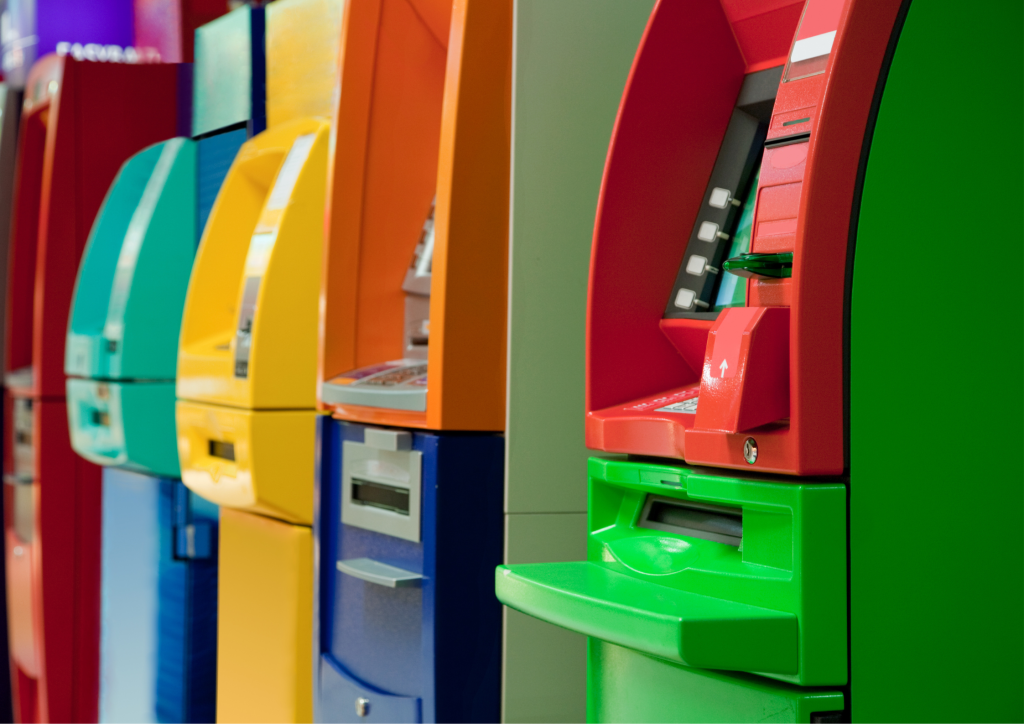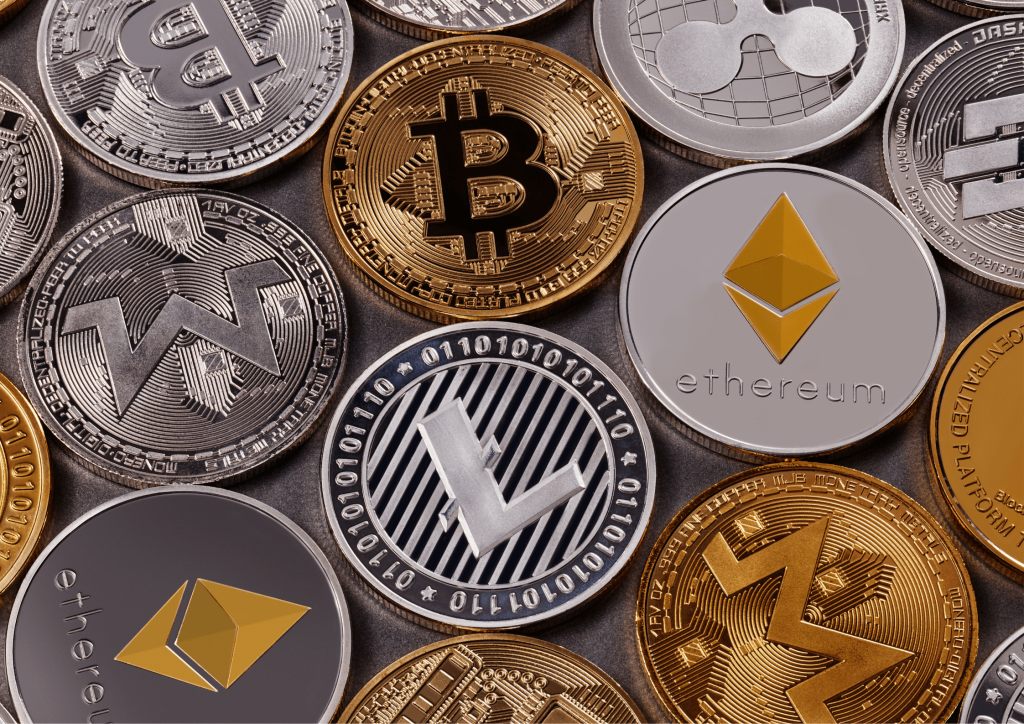Welcome to the exhilarating crypto world, a dynamic space where digital assets like Bitcoin, Ethereum, and various tokens intersect with groundbreaking technology. This universe is no longer confined to just tech enthusiasts; it has opened doors for investors, traders, and the general public. For those already involved in Forex trading, this landscape offers an additional layer of investment opportunities, often characterized by high volatility and potentially high returns.
However, the first step to participating in this world is often met with confusion and questions. How does one convert regular, government-issued currency, also known as fiat money, into cryptocurrency? This is where fiat on-ramps come into play. These platforms and services are your gateway into the cryptocurrency ecosystem, allowing you to exchange fiat currency for digital assets in a secure, regulated environment.
Understanding fiat on-ramps is not just a necessity for new market participants but is also crucial for seasoned investors. They serve as the primary means to buy crypto, providing various methods such as bank transfers, debit cards, and cash options. With the right knowledge, you can navigate this aspect of the crypto world more efficiently, saving time and potentially reducing fees. This comprehensive guide aims to provide that crucial knowledge, laying out the specifics of fiat on-ramps, how they operate, and why they are essential for crypto adoption.
What Are Fiat On-Ramps?

Fiat on-ramps are specialized platforms or services designed to facilitate the transition from government-issued currency, such as dollars or euros, into cryptocurrencies like Bitcoin or Ethereum. They act as bridges connecting the traditional financial world with the burgeoning crypto market. To ensure compliance with regulatory standards, these platforms typically require users to complete a Know Your Customer (KYC) process, which involves verifying your identity through documents like a passport or driver's license.
Once you've successfully completed the KYC process, you can link your bank account to the fiat on-ramp platform. This connection allows for secure bank transfers, enabling users to purchase cryptocurrency. Some on-ramps also offer other payment options, such as debit cards and even cash, providing multiple avenues for access into the cryptocurrency ecosystem. These platforms thus play an indispensable role, especially for new users looking to invest or trade in digital assets.
Also Read: What is KYC Crypto
Why Are Fiat On-Ramps Important?
Fiat on-ramps serve as crucial entry points in the wider strategy for crypto adoption. As cryptocurrencies continue to gain prominence, attracting the next billion cryptocurrency users hinges on simplifying the process of acquiring these digital assets. Fiat on-ramps offer the most accessible method for people to buy crypto, breaking down barriers that may otherwise deter participation. By facilitating easy conversion from fiat money to cryptocurrencies, they encourage a more diverse group of people to engage with digital assets.
In addition to accessibility, the variety of payment methods offered by fiat on-ramps enhances their utility. Users are not confined to a single method of transaction; instead, they can opt for debit card payments, bank transfers, or even cash transactions. This flexibility caters to different needs and preferences, thereby promoting inclusivity. As a result, fiat on-ramps not only streamline the process of entering the crypto world but also contribute significantly to its continued growth and mainstream acceptance.
Types of Fiat On-Ramps

Crypto Exchanges
Crypto exchanges are online platforms where you can exchange fiat currency for cryptocurrencies and vice versa. They are often considered the most accessible method for entering the crypto world. Big names like Coinbase and Binance dominate the market, offering a wide range of cryptocurrencies at current market rates. These exchanges generally have user-friendly interfaces and offer additional features like trading pairs, chart analysis, and more.
The convenience of crypto exchanges extends to their payment options. Most exchanges will allow bank transfers, debit card payments, and sometimes even cash deposits. While they make the buying process straightforward, it's essential to note the fees they charge for transactions. Some might offer zero fees for fiat deposits but might charge a small percentage when you purchase cryptocurrency.
Crypto ATMs
Crypto ATMs function similarly to regular ATMs but are dedicated to buying and selling cryptocurrencies. They offer a straightforward way to exchange fiat currency for digital assets. You insert cash or swipe your debit card and receive cryptocurrencies in return, usually in a trusted wallet you control. They're great for quick and simple transactions, without the need for a KYC process in some cases.
While crypto ATMs offer speed and privacy, they usually come with higher fees. The transaction fees can range from 5% to 10% or even higher, depending on the machine and its operator. Therefore, while they provide instant access to the crypto market, it usually comes at a cost. They are most suited for small transactions where the convenience outweighs the fee.
Bank Transfers
For those looking to invest a significant amount in cryptocurrencies, bank transfers are a commonly utilized fiat on-ramp. They offer a way to transfer large sums of fiat money to crypto exchanges securely. The fiat-crypto transaction process via bank transfers is usually slower but offers a layer of security that is often crucial for substantial investments.
However, bank transfers have their downsides, including a longer processing time. It can take anywhere from a few hours to a few days for the money to appear in your exchange account. Additionally, while most platforms don't charge for deposits via bank transfer, your bank may charge you a fee for the outgoing transfer. Therefore, while this method is secure and preferable for large amounts, it requires patience and awareness of potential extra charges.
Off-Ramps: The Opposite of On-Ramps

Just as fiat on-ramps provide the means to enter the crypto world, fiat off-ramps offer the reverse pathway. They are services or platforms that allow you to sell crypto and convert these digital assets back into fiat currencies like dollars or euros. This capability is essential for completing the investment cycle; it enables users to exit the crypto market and realize their gains or losses in a form of money that's widely accepted and easily spendable.
While the basic function of fiat off-ramps is the opposite of on-ramps, they often operate in similar ways and may even be offered by the same exchange platforms. Just as with on-ramps, off-ramps usually require a KYC process and offer multiple withdrawal options, such as bank transfers or even debit cards. Depending on the service, there may be fees associated with converting your cryptocurrencies back into fiat money, so it's crucial to be aware of these when planning your exit strategy.
Fees and Limits
When selecting the best cryptocurrency purchasing site, it's crucial to be mindful of fees and minimum amount requirements. Fees can vary widely among platforms, affecting your overall investment returns. Whether it's a transaction fee, withdrawal fee, or even a fee for depositing fiat money, these costs can quickly accumulate and eat into your profits. Additionally, high fees can make small transactions impractical, limiting the accessible methods for those looking to invest modest sums.
Minimum amount requirements are another factor to consider. Many fiat on-ramps and off-ramps impose a minimum limit on the amount you can buy or sell. These limits might not pose an issue for large-scale investors but can be a barrier for new users or those wishing to make smaller transactions. Always check these limitations when choosing a platform, ensuring it aligns with your investment strategy and financial capabilities.
Conclusion
Navigating your entry and exit into the crypto world demands a well-rounded grasp of various elements like fiat on-ramps and off-ramps, fees, and security protocols. Your choice between crypto exchanges, crypto ATMs, or bank transfers should be made carefully, keeping in mind factors like current market rates and the security features offered by the platform. Being well-informed about these components can significantly affect your overall experience and success in the cryptocurrency market.
Equipped with this comprehensive guide, you're well-prepared to join the ever-expanding community of crypto enthusiasts and investors. You are not just another participant; you're potentially part of the next billion cryptocurrency users contributing to the ongoing evolution and adoption of digital assets. By making informed decisions, you're setting yourself up for a more secure and profitable journey in the cryptocurrency ecosystem.
Also Read: What Makes NFTs Valuable? • Asia Forex Mentor
FAQs
How Do I Avoid High Fees When Using Fiat On-Ramps?
To avoid high fees, consider using bank transfers for large transactions, as these usually come with lower fees compared to debit or credit card transactions. Additionally, some crypto exchanges offer tiered fee structures based on your trading volume. The higher your trade volume, the lower your fees could be. Always compare fees among different fiat on-ramps before making a decision.
Can I Use Multiple Fiat On-Ramps and Off-Ramps Simultaneously?
Yes, you can use multiple fiat on-ramps and off-ramps at the same time. This strategy is often employed to take advantage of current market rates that may vary slightly between platforms. However, keep track of fees and security measures on each platform. Make sure to also consider the KYC process and time required to move funds between different platforms.
How Do I Decide Between a Crypto Exchange and a Crypto ATM?
The decision between using a crypto exchange and a crypto ATM depends on your needs. If you prioritize lower fees and a wide range of digital assets, then a crypto exchange may be more suitable. On the other hand, if you prioritize speed, anonymity, and the ability to use cash, a crypto ATM could be the better option. Keep in mind that ATMs often charge higher fees, so they may be more suitable for smaller transactions.
















